Mini has given the Urbanaut MPV concept another public showing at the Munich motor show, following the unveiling of a full-scale physical model at an event in the same city in June.
The firm has also confirmed that the car could make production, although it's not expected for another five years.
Munich motor show 2021: all new cars and updates
It's all part of a strategy to take the car a step closer to reality. Until the June event, the Urbanaut existed only in digital render form, but the physical concept will allow "audiences to engage more extensively with the spatial concept and sustainable materials at work".
Measuring 4.46m long, the Urbanaut concept places an emphasis on spaciousness and sustainability, with attendees of the 2021 Digital-Life-Design conference invited to experience the brand's new 'Mini Moments' approach to interior design for autonomous-capable vehicles.
The interior can be configured in one of three modes: Chill, which aims to emulate a lounge-style format for stationary use; Wanderlust, for use in autonomous and normal driving situations; and Vibe, which "blurs the boundaries between the outside and inside" by folding the windscreen up and projecting graphic equaliser displays onto the wheels.
Mini says the flexible nature of the interior means it can be used as "an urban space for people when it's standing still", as well as an electric urban mobility solution.
The concept's minimalist design hints at Mini's sustainability aspirations, with the Urbanaut featuring a reduced number of components and materials, while adopting a dual-purpose dashboard-cum-daybed and changeable seat covers. Leather and chrome are completely absent, as will be the case in all next-gen production Mini models.
While there remains no firm production intent for the Urbanaut, the concept is drivable and serves as a preview of what to expect from all future Mini models, including the next three-door hatchback, due in 2023.
READ MORE
Radical Mini Urbanaut concept is blueprint for the brand's future

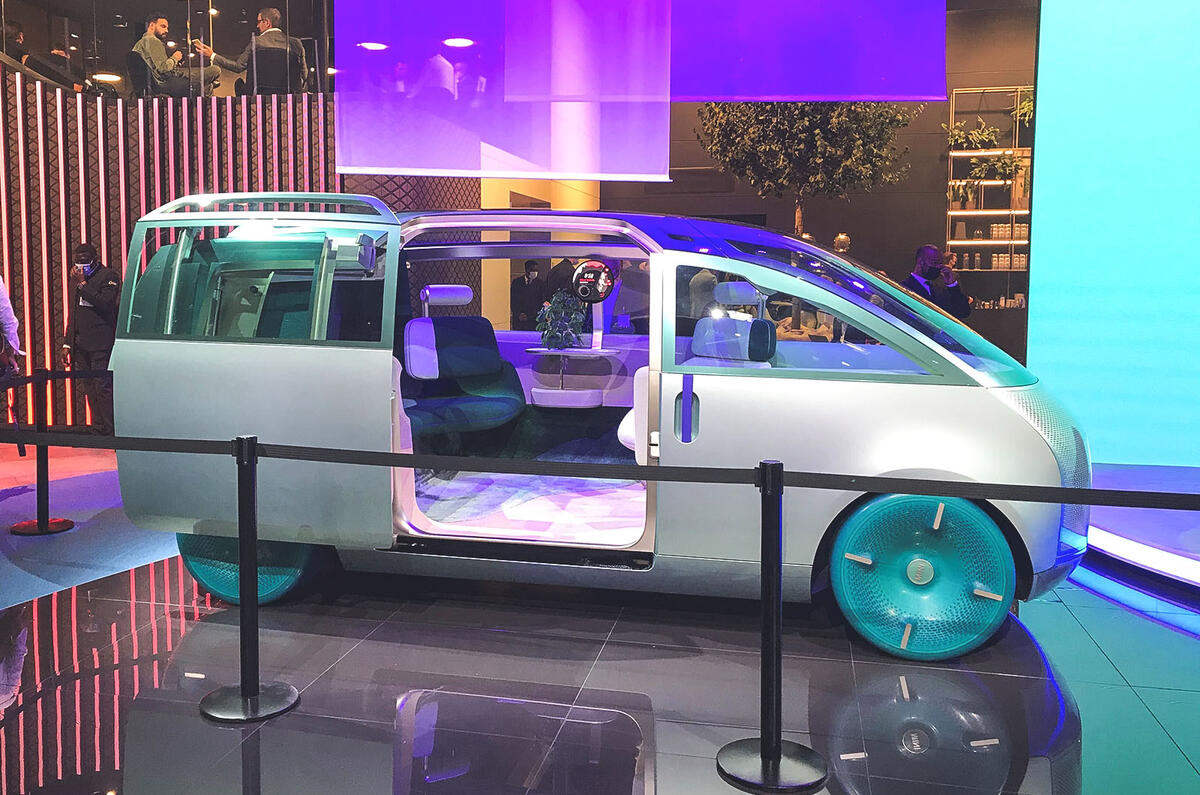
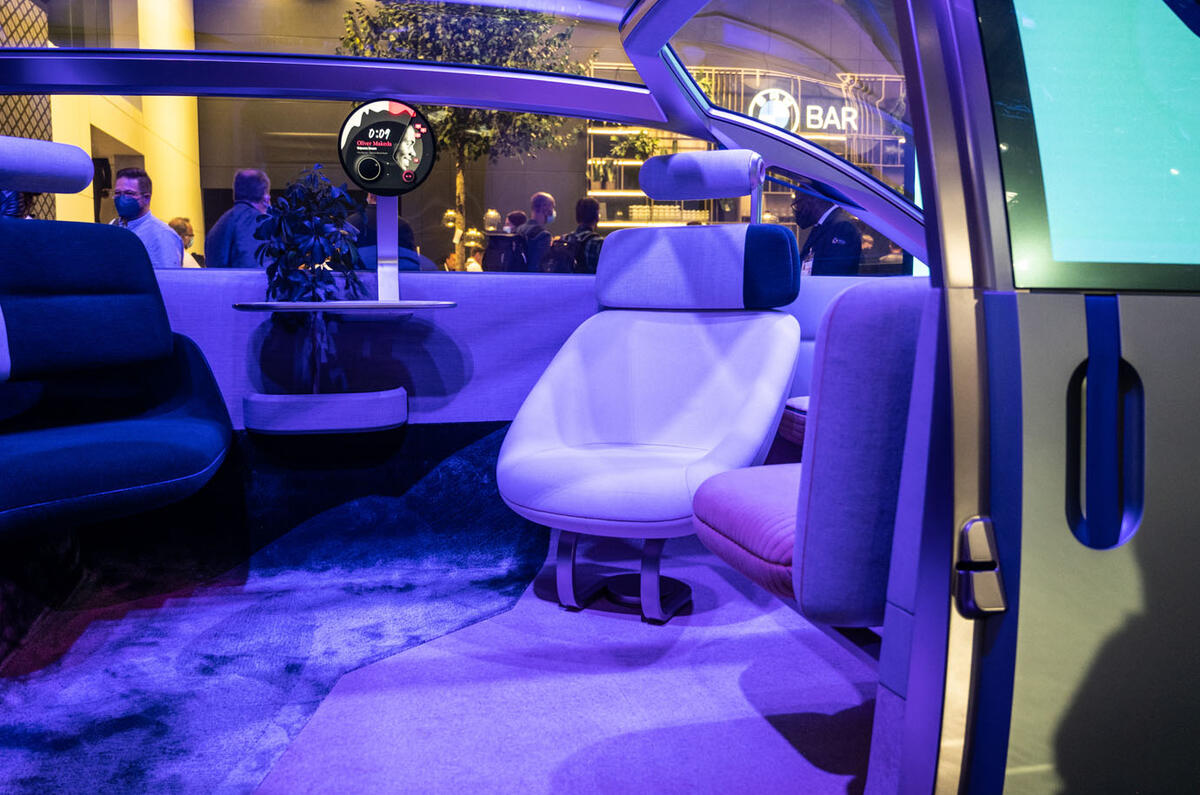
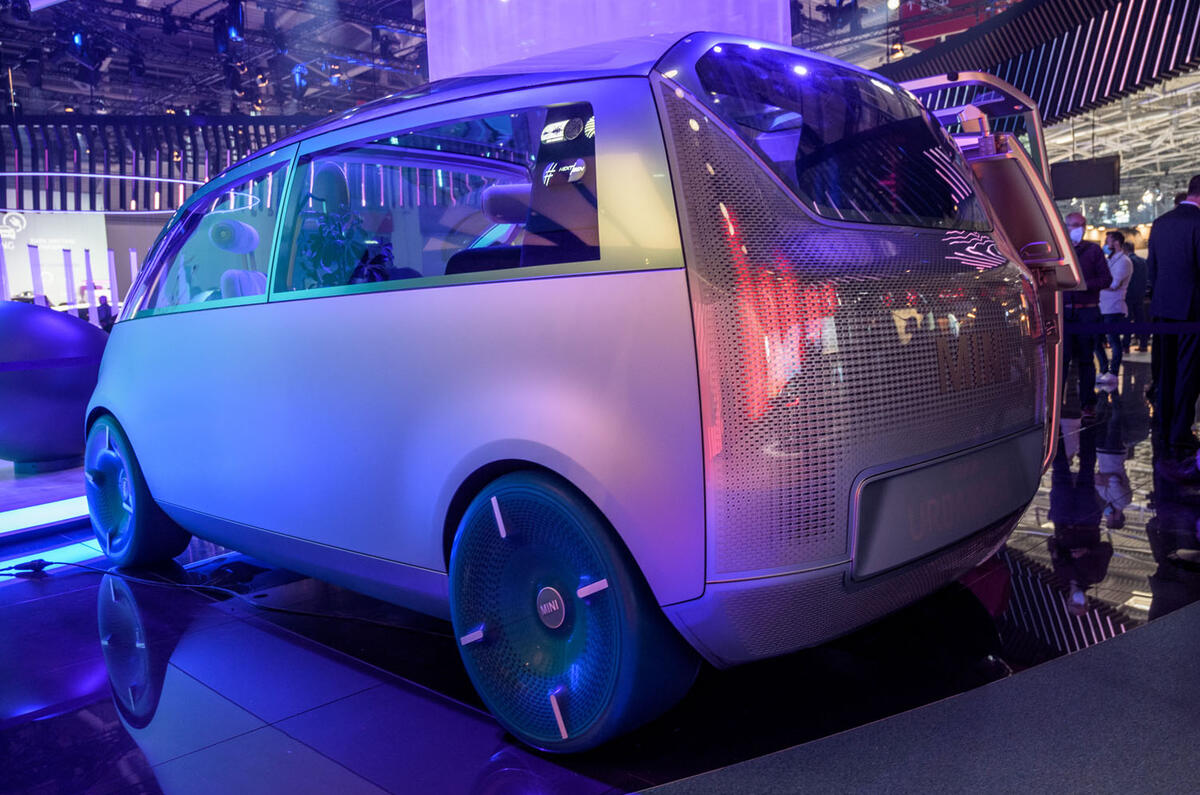
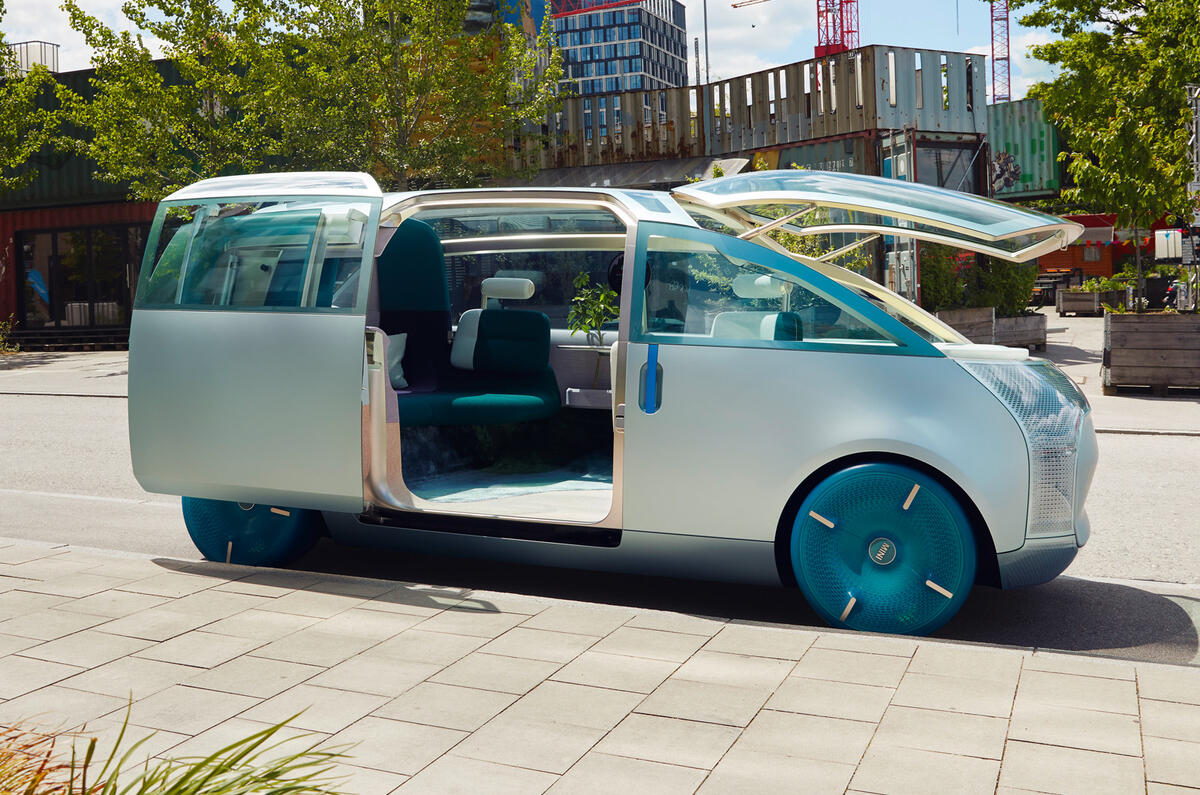
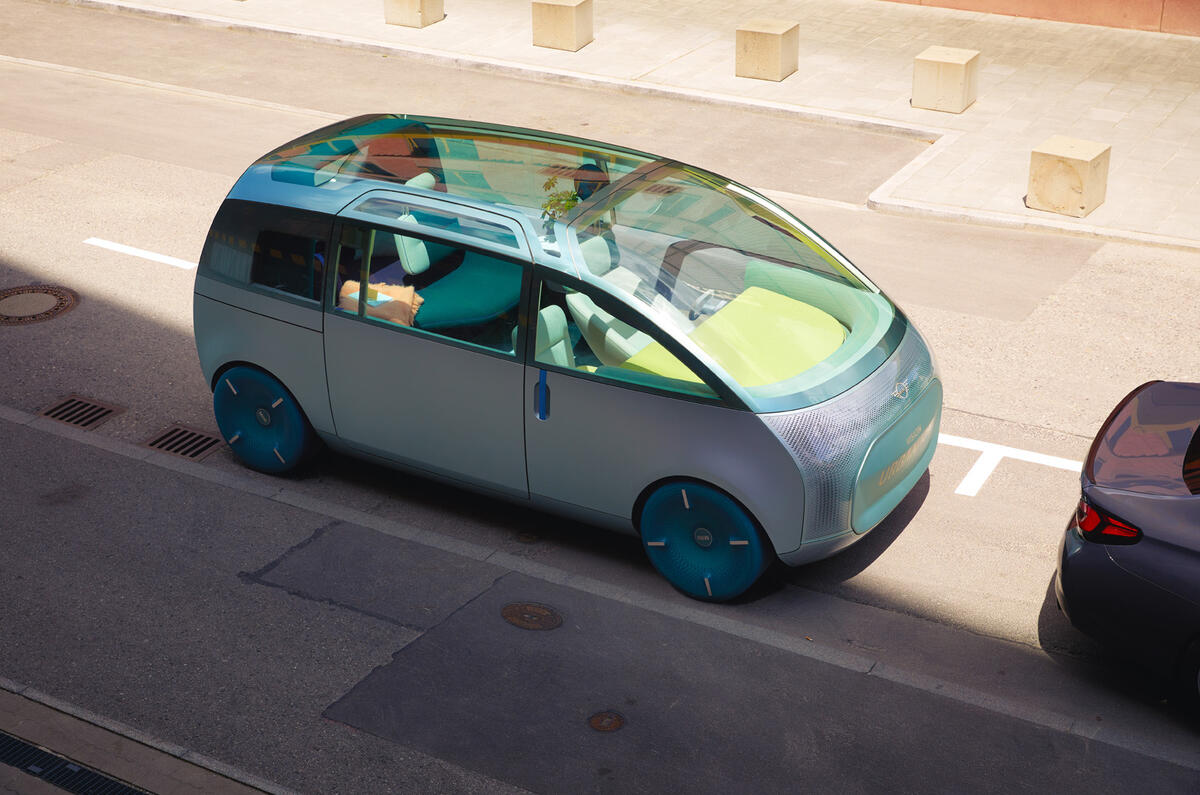
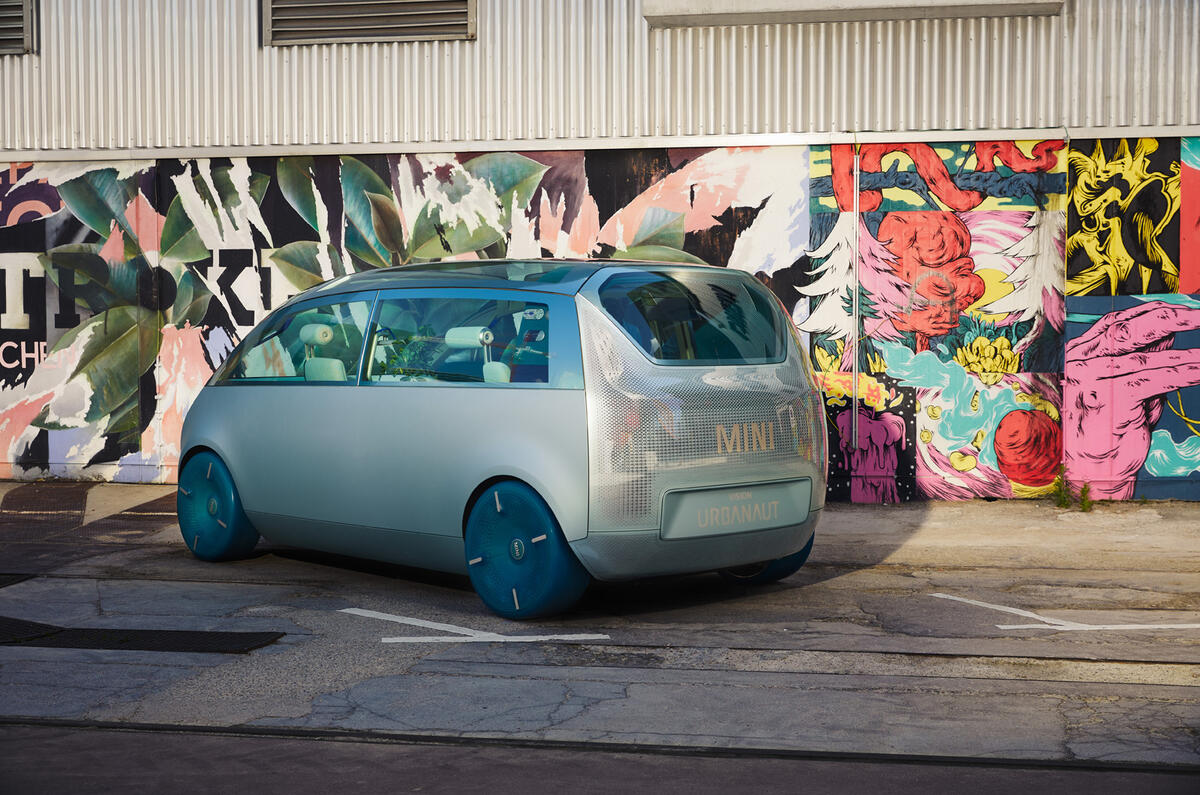
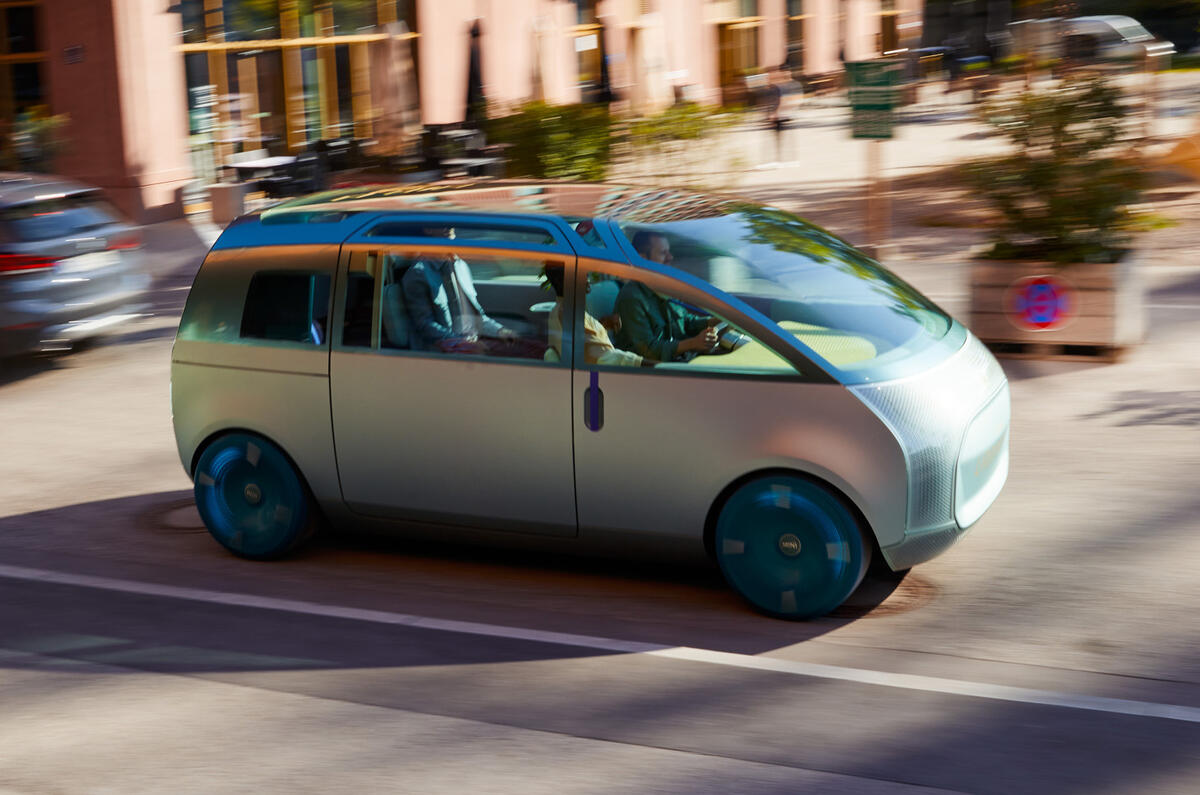
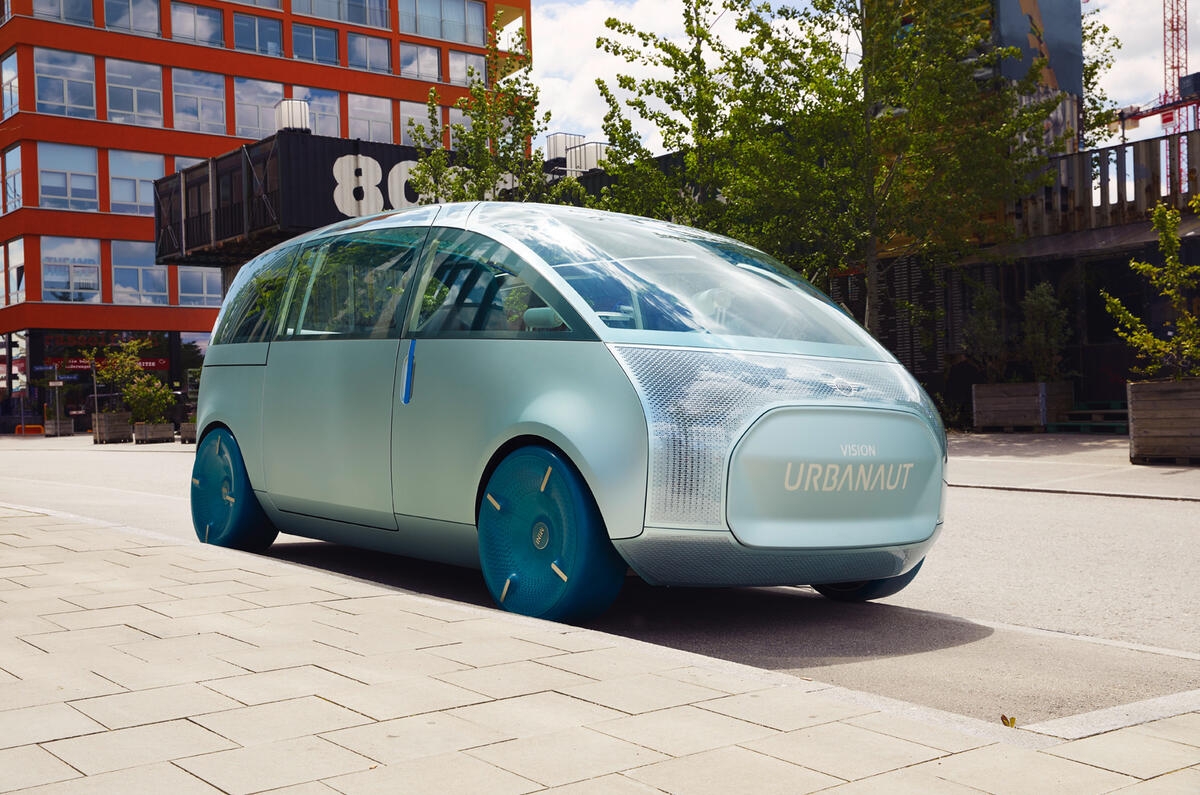

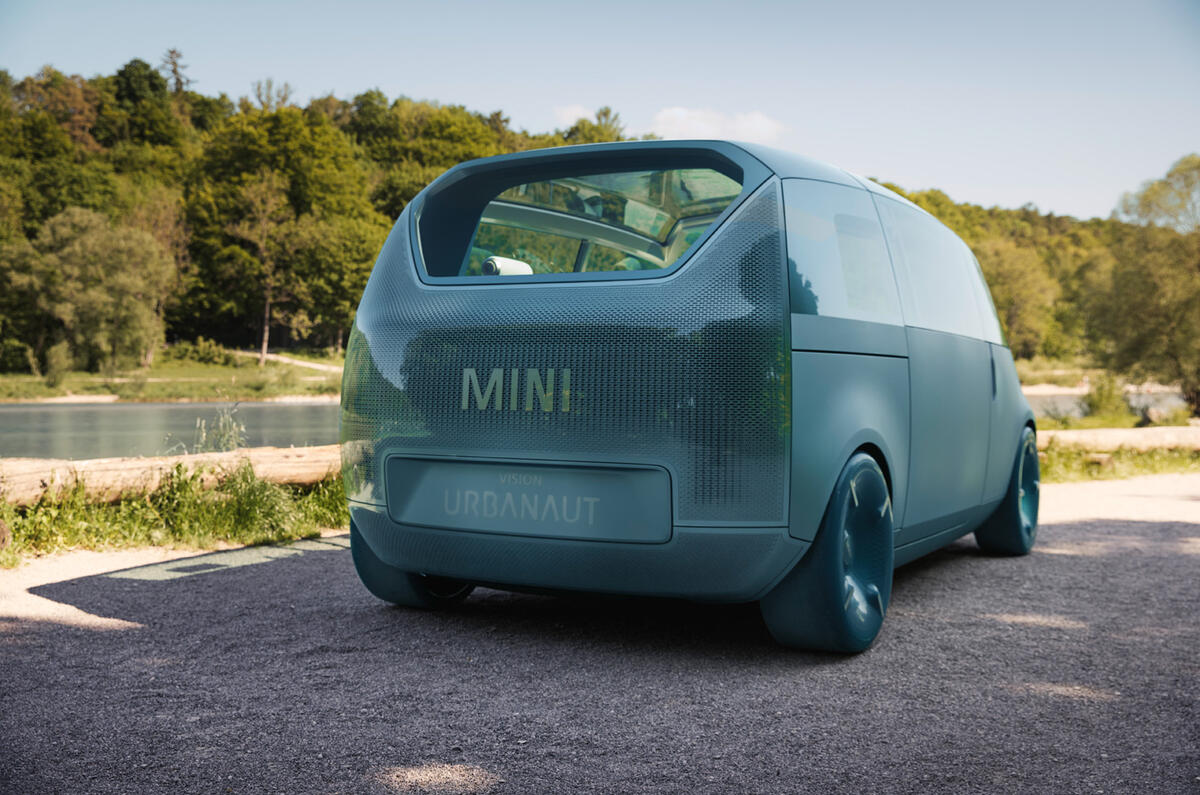
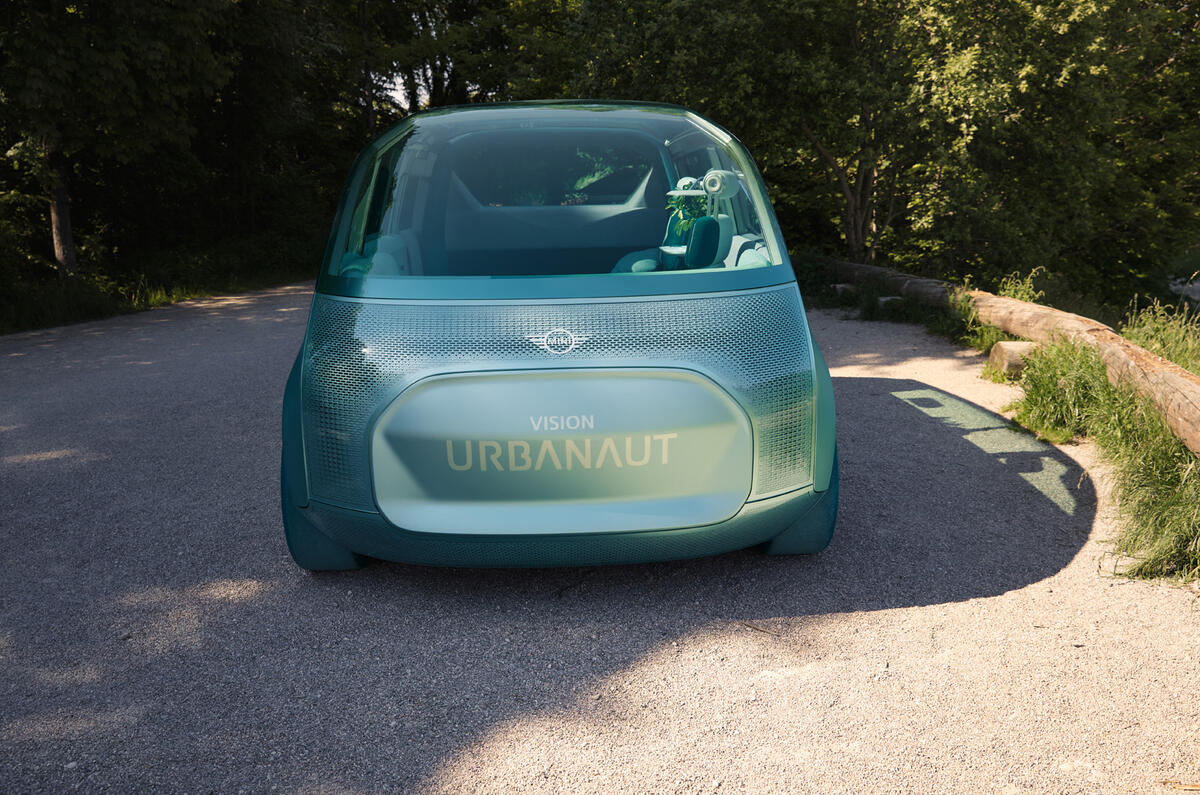
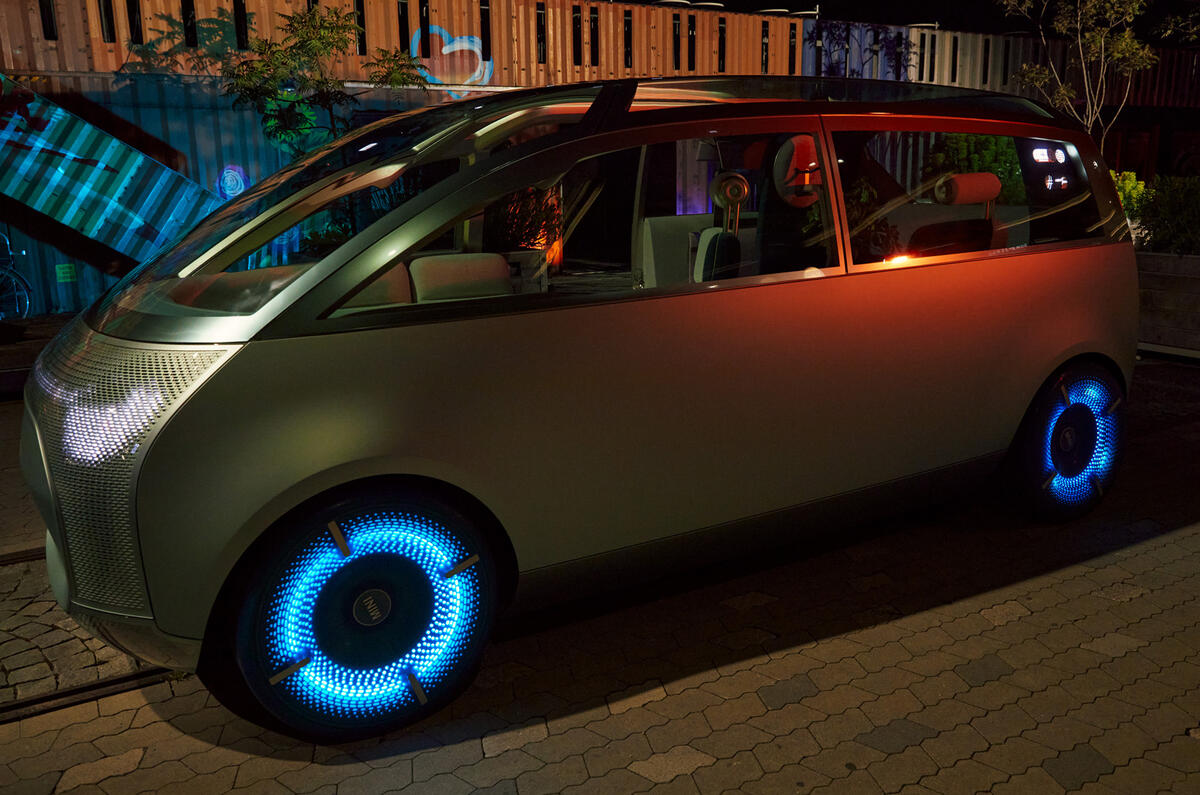
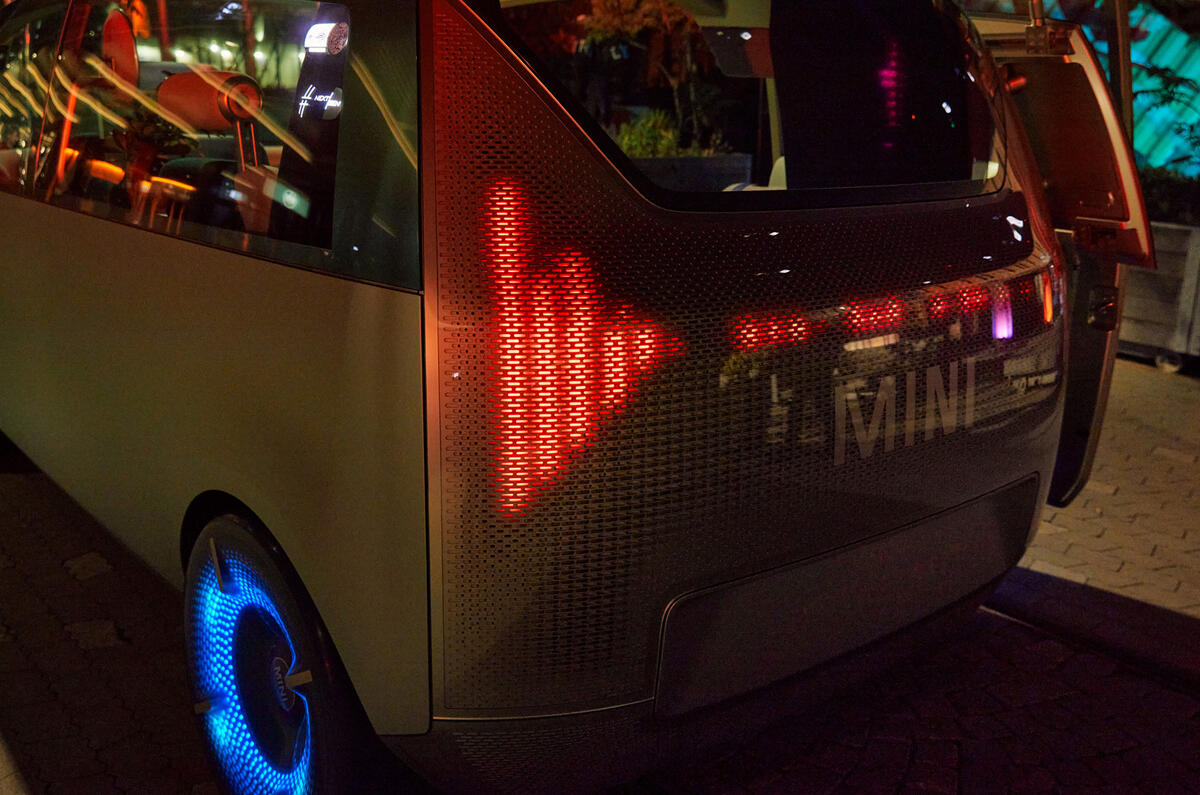

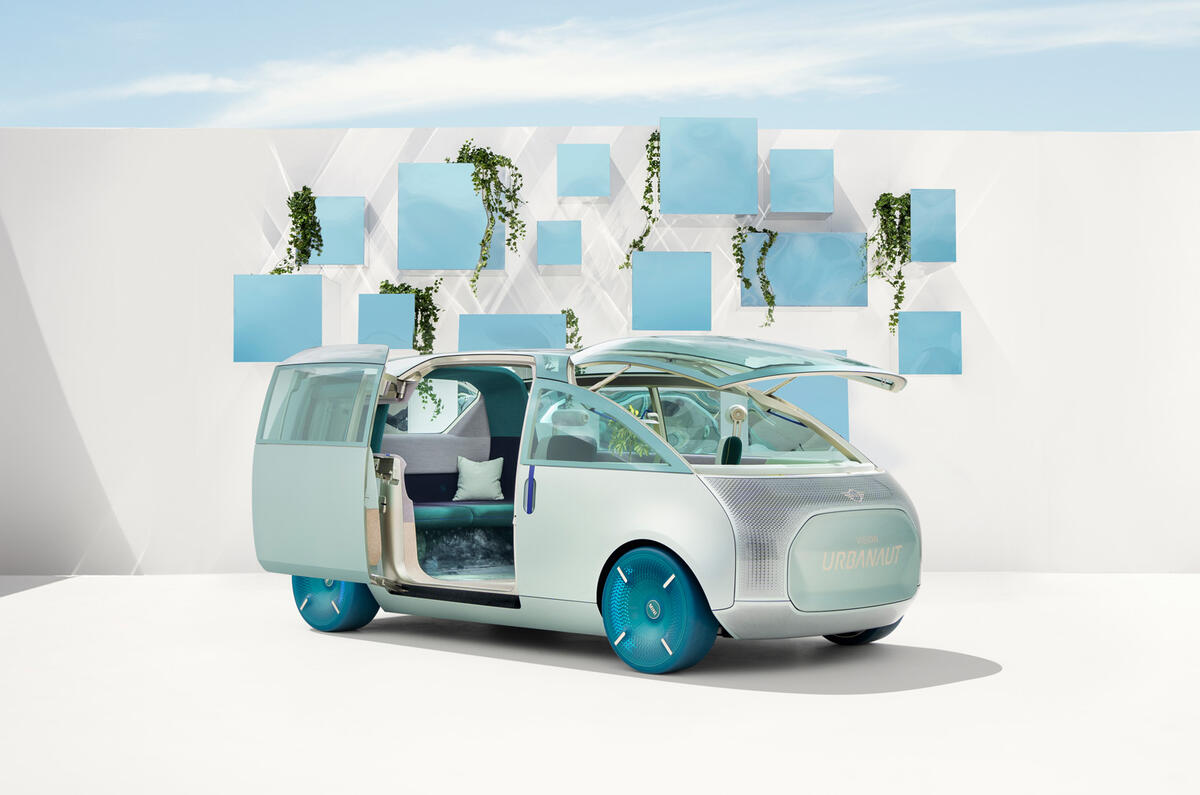

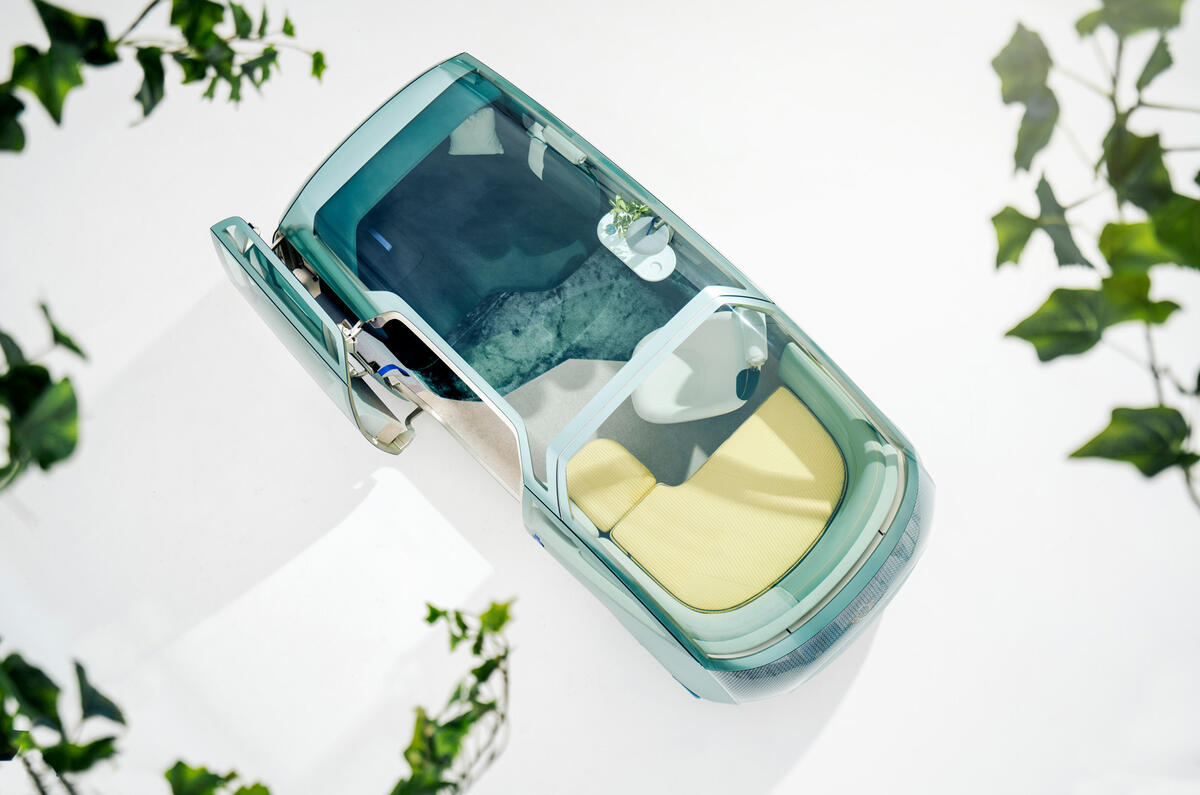
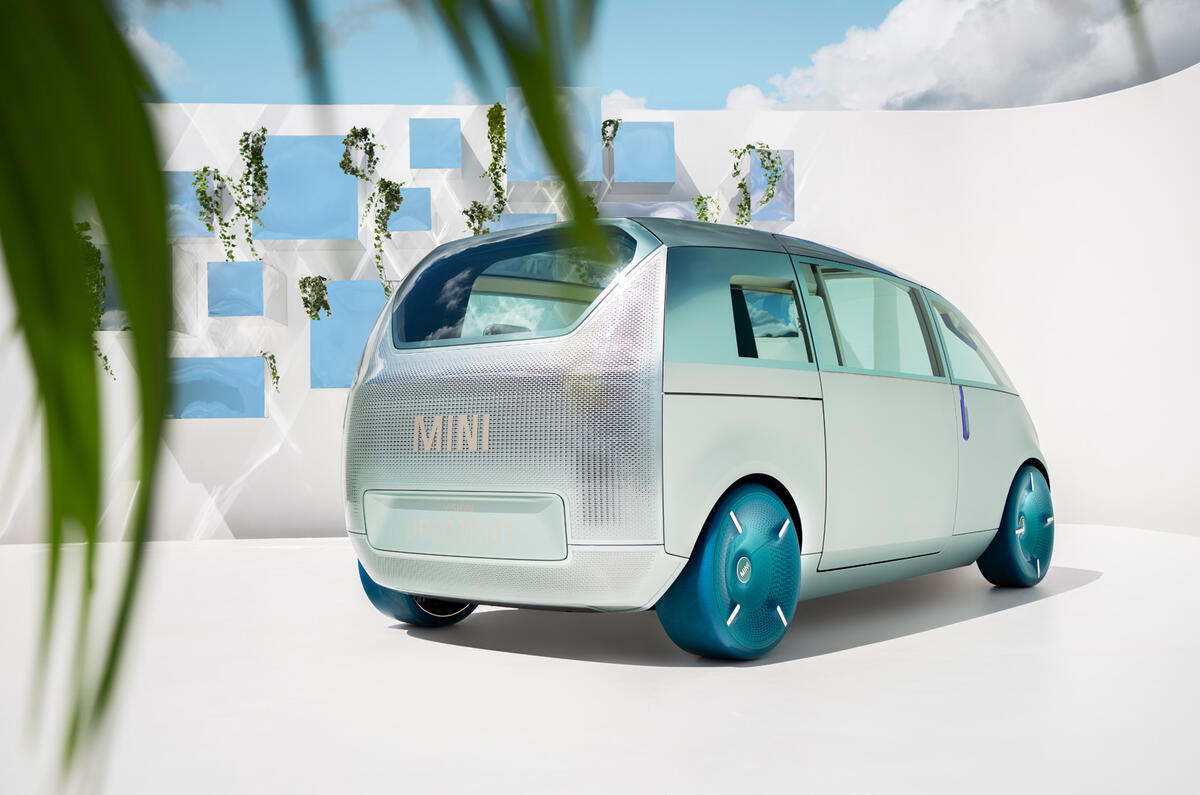
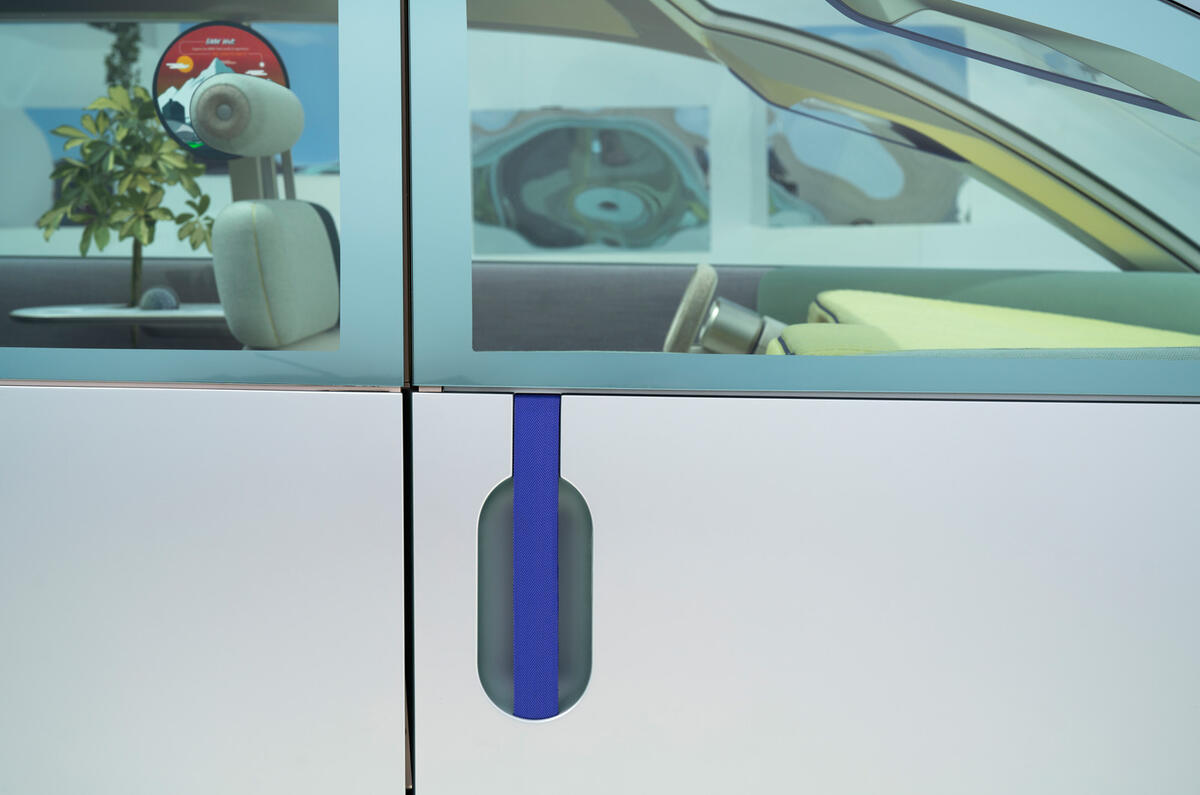
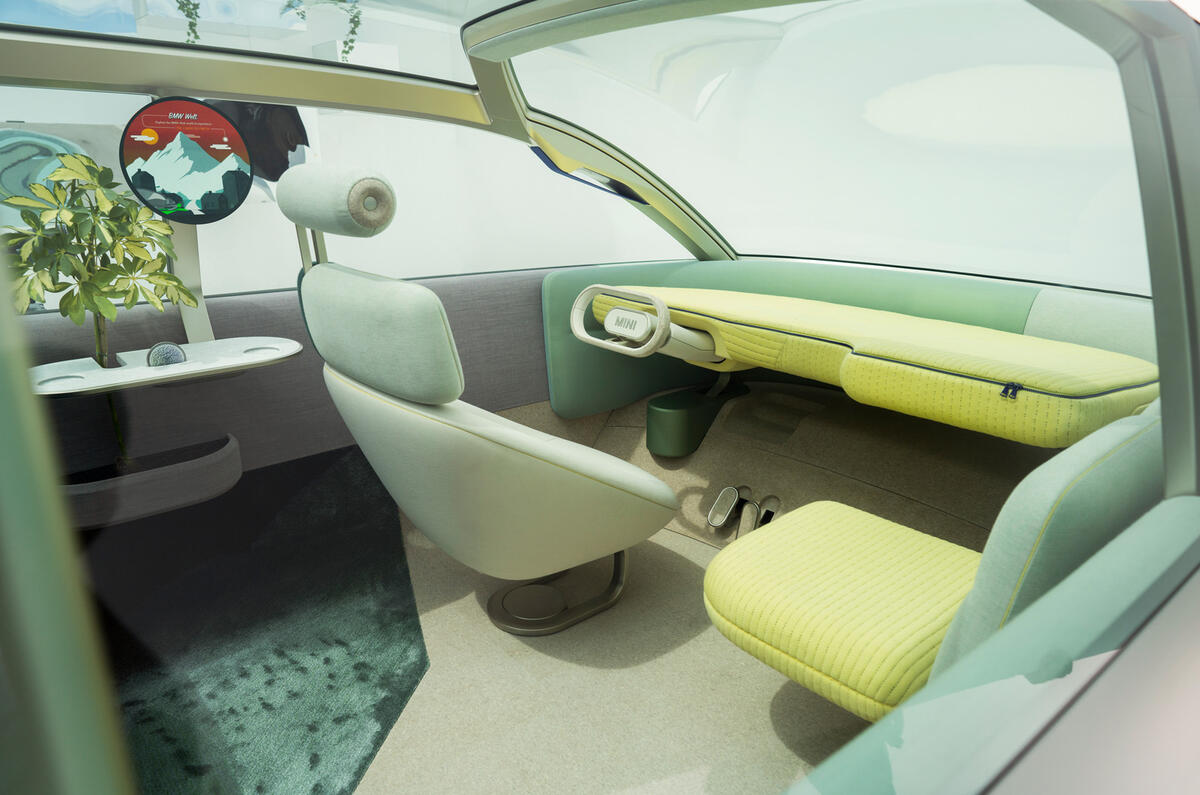
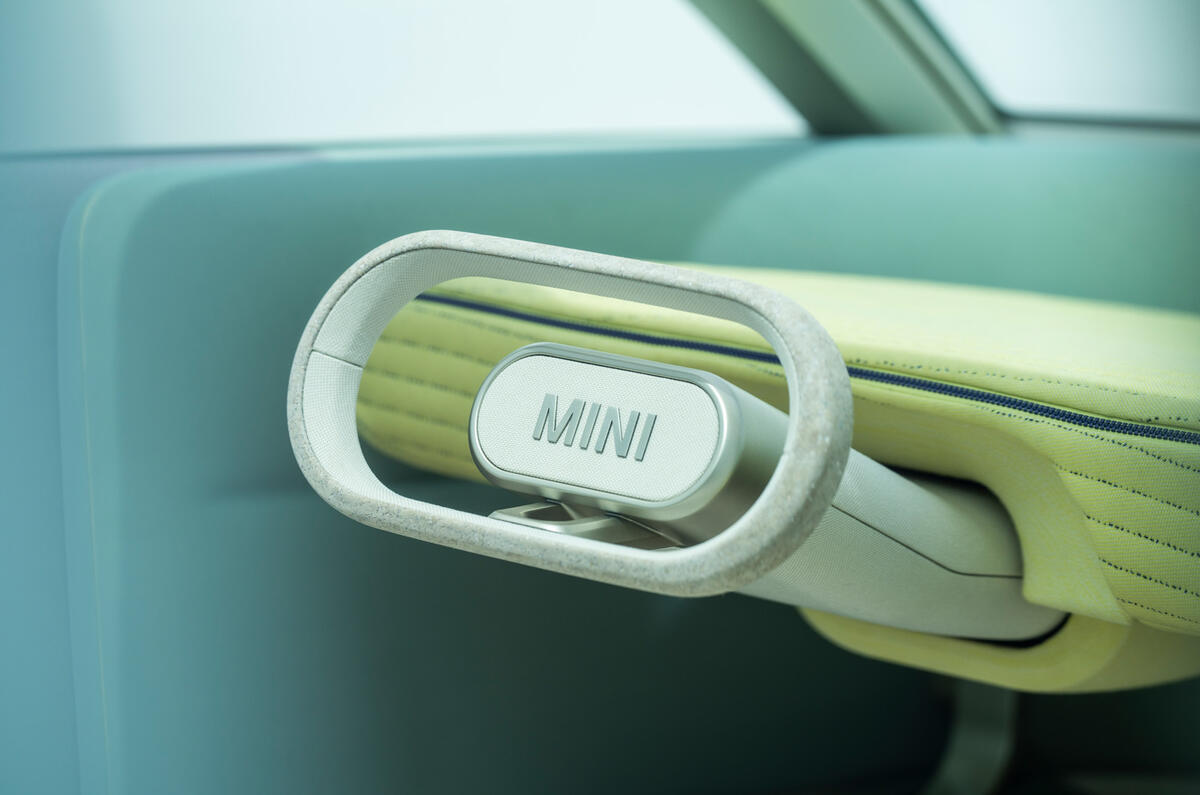
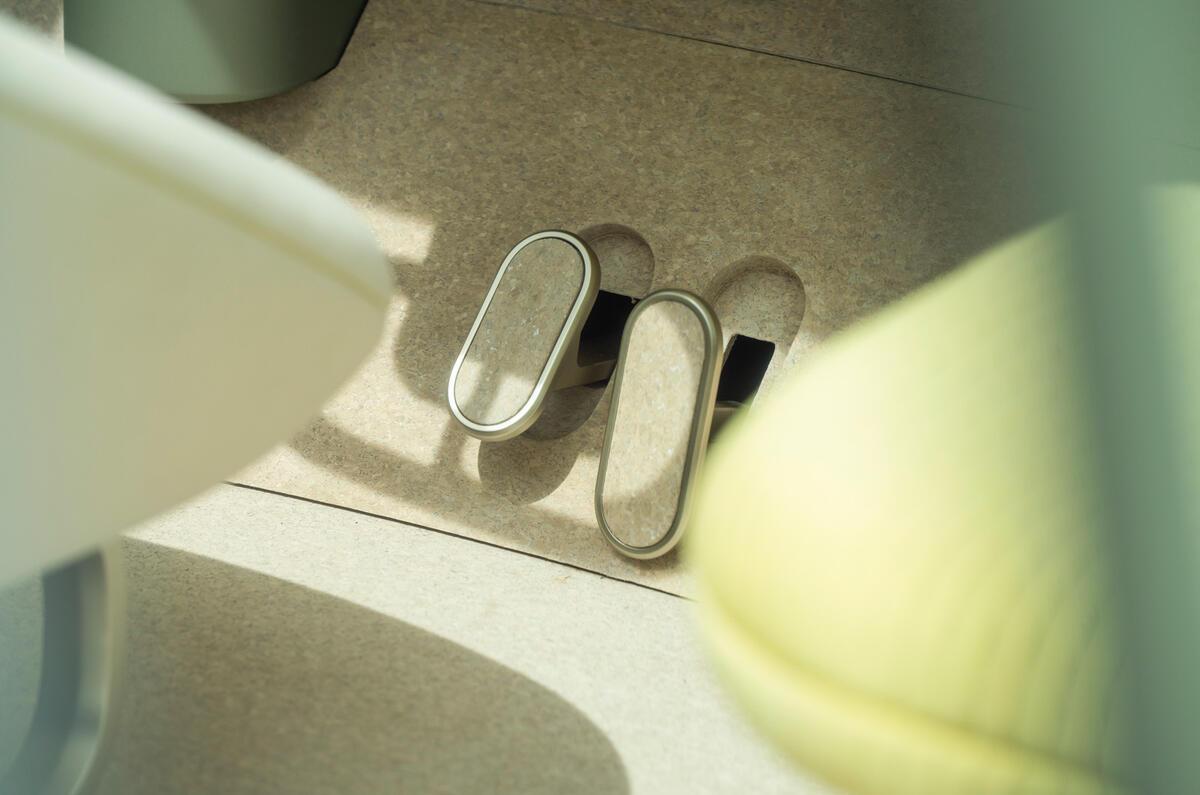

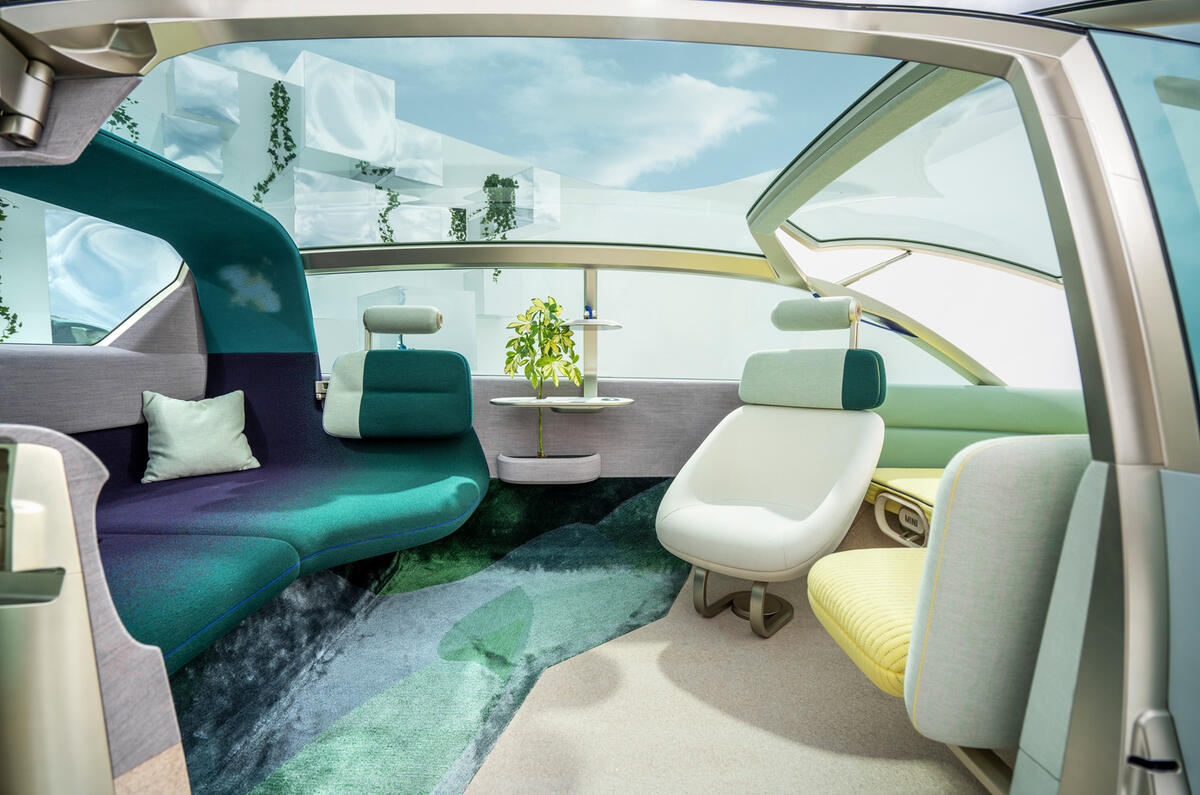
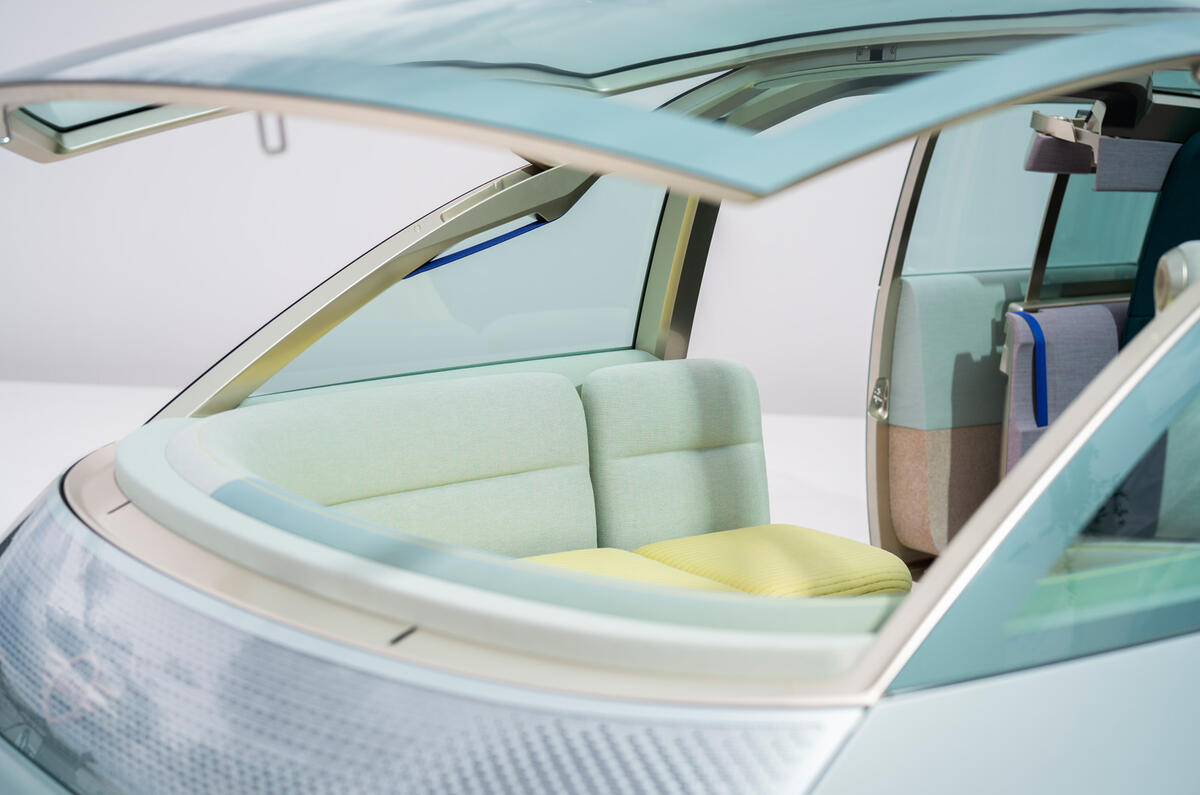
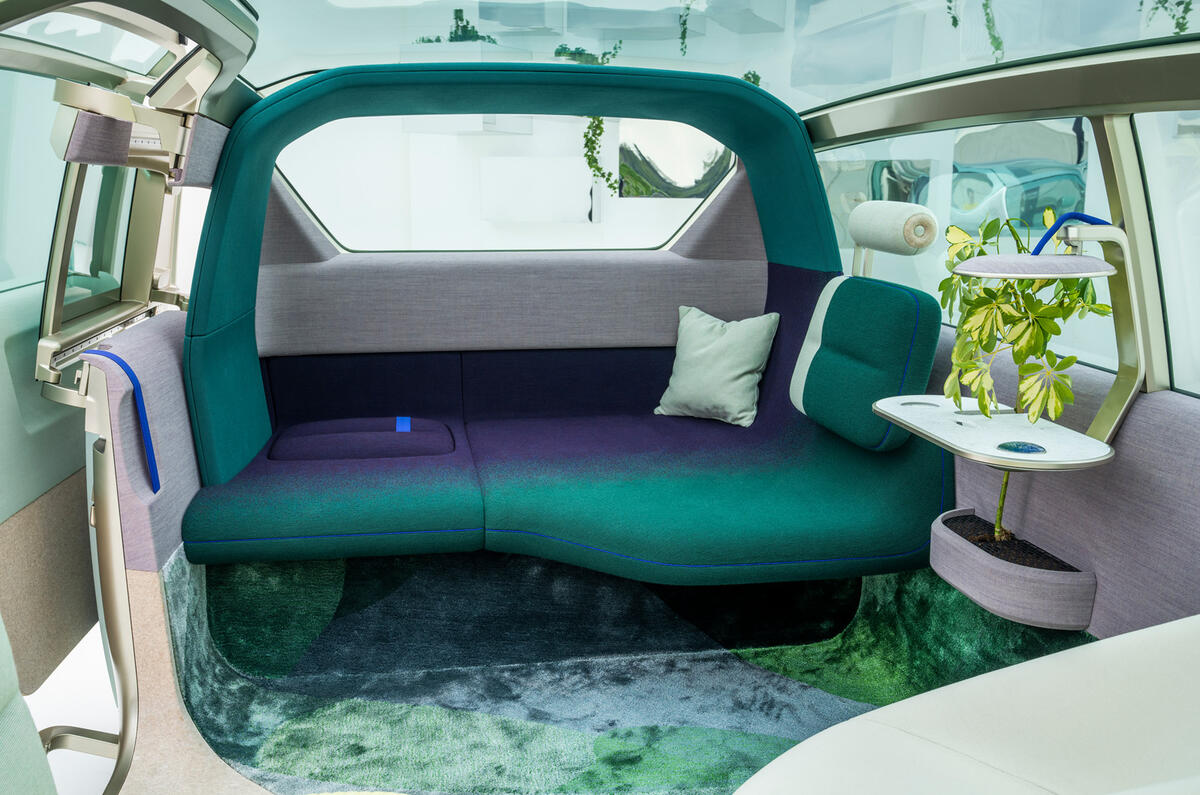

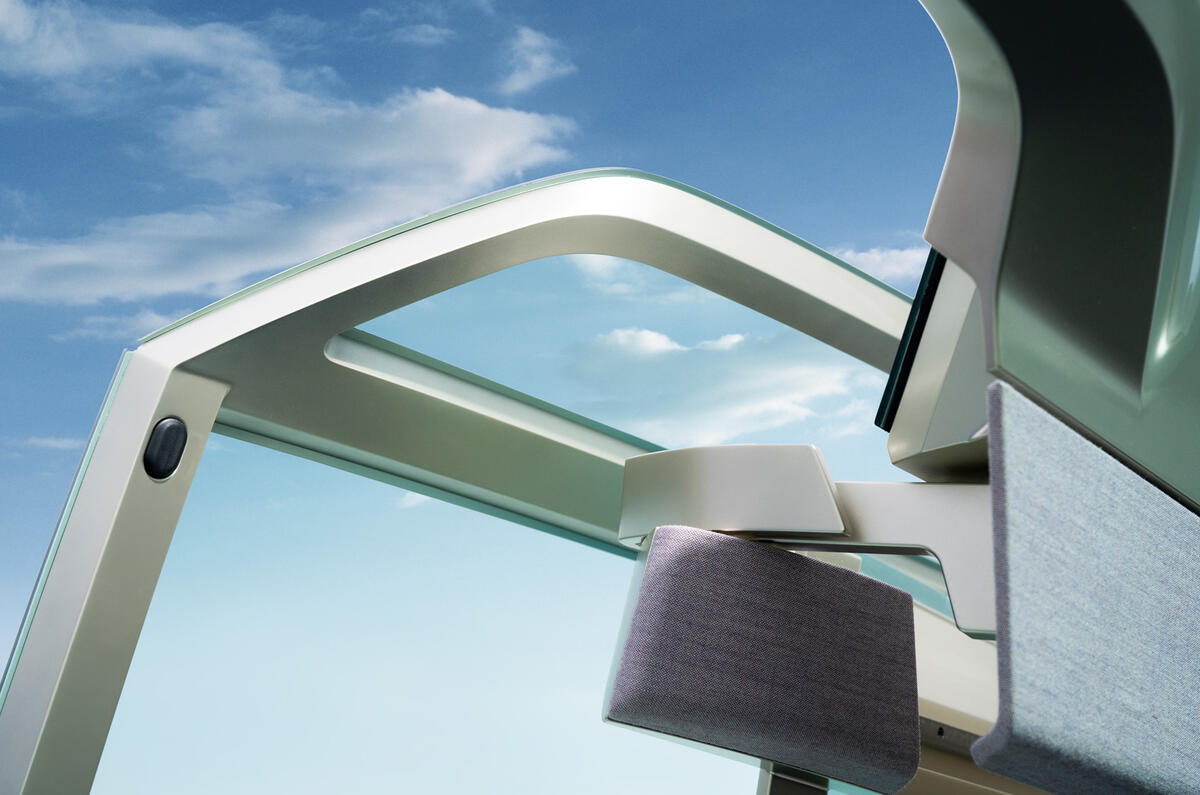
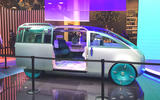

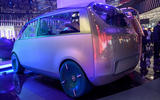
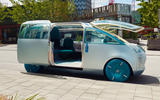
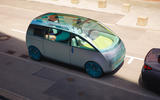
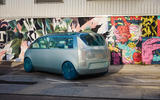
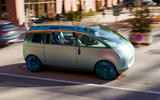
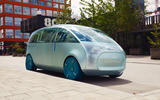
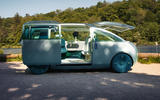
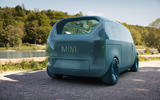


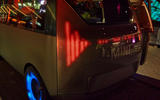
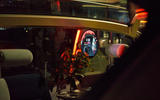
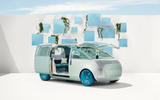


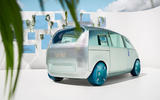
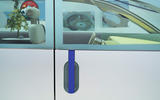
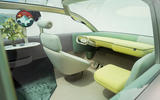


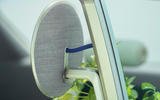

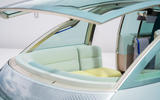
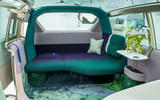
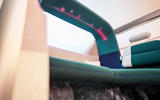
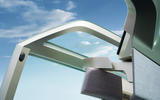






Join the debate
Add your comment
I can't see that opening windscreen reaching production; what's the point? it can't be used when the vehicle is in motion and it will seriously reduce the rigidity of the bodywork. The windscreen in most modern cars is a structural element.
@ TStag - I am so glad you put that, as soon as I saw that I put the exact same thing on the Auto Distress website, the Oliver Le Grice design was very futuristic then, and would have been a game changer for the brand, but today, BMW just reissue it with a tweak or two and call it their own.... yeah right, BMW cant design for toffee, especially with the new Beaver look to their cars.
I like it, but no doubt it will be ridiculously expensive if it does reach production.
Has anyone seen the price of vans lately? For a glorified box with an engine, the price of vans are now even more ridiculous than cars (and that's saying something).